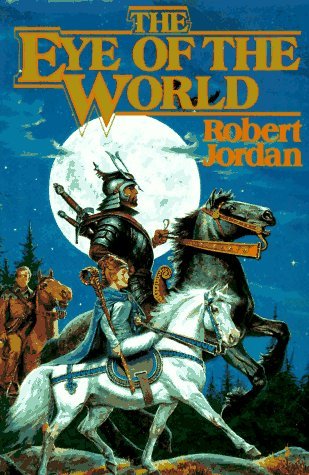Observing the Observers Verbal Portraits from the Comics: Philosophy & Practice Conference, University of Chicago, May 2012
The writer needs to think as visually as the artist.
This is especially true in my chosen medium, but even without the presence of graphic narrative’s pictures, any serious writer needs to have characters visible in the mind’s eye. The close watching of human behaviors, physical qualities, and similar traits is a source of detail to borrow and inspiration to run with; the mere imagining of a single physical attribute may lead to a character’s entire backstory being formed.
It took me many years to learn how to pay attention to people, and it is a skill I am still honing, but I will always remember the moment when it became apparent to me how clearly the lesson had been learned. I was interviewing a friend of mine about her life to get some psychological insight for a project I had conceived… which is now, in part thanks to her, taking on new proportions. While taking notes, various aspects of her presence became more and more apparent with time: when her eyes would shift at some memories and glow at others. When she would pick at a small scab on her pristine white skin. And when how, deep in thought, she would finger her necklace. Suddenly, much richer and more textured creations came into my mind than had been imagined before.
The writer needs to be as visual as the artist.
Although for artists the significance level ratchets up. Observation of life and people is the foundation of their entire existence. In particular, the artists whose work has so greatly influenced me, my colleagues in the world of graphic narrative, whose portraiture skills, ranging from the ultra-realistic to the fancifully grotesque, have reinvented the comics world from the DC and Marvel tradition of heroes and action to gripping, emotional stories which break the rules of genre.
There is a lot to be written about the Comics: Philosophy & Practice conference held at the Logan Arts Center of the University of Chicago last month. The archives will preserve all what was said, but when I decided this was something I had to document from my point of view, the idea of truly looking at these luminaries, scrutinizing them a little as they scrutinize others, latched on to me hard.
What follows are my notes from the field.




